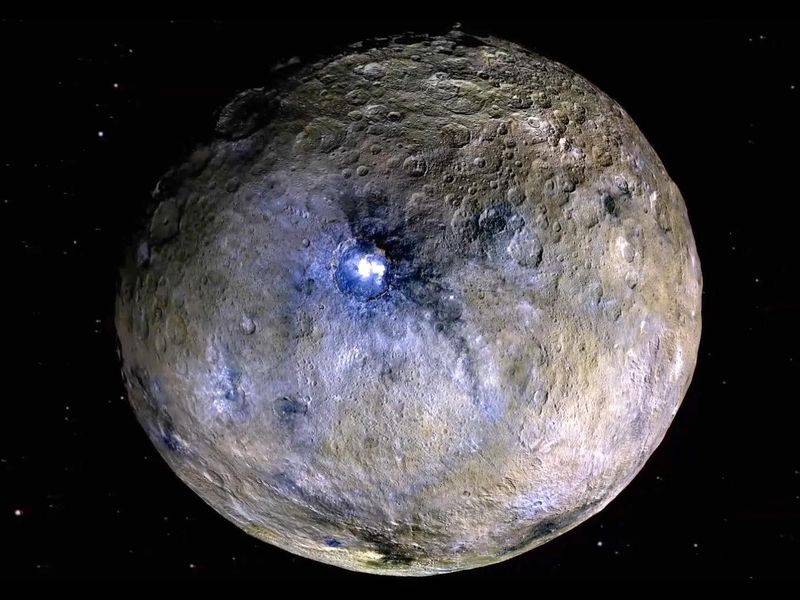A Secret Energy Source Once Existed on the Dwarf Planet Ceres—Could It Have Fueled Habitability? - The Debrief
Deep within the dwarf planet Ceres, a chemical energy source once existed that may have made the now-cold planet habitable in the distant past.| The Debrief



